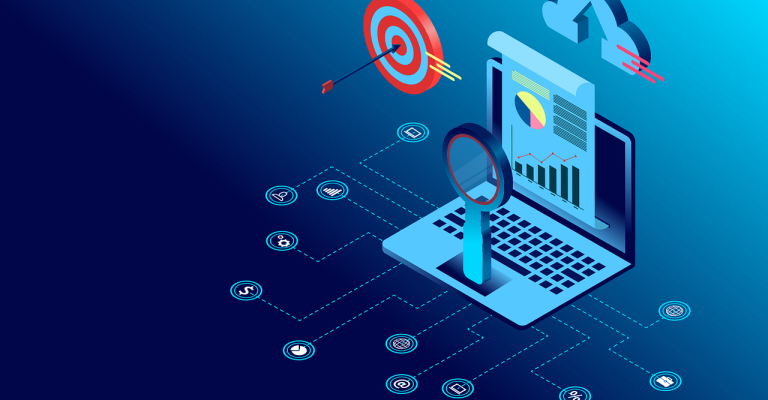Emerging technologies in cyber security Introduction
In the ever-evolving realm of digital innovation, the rise of Artificial Intelligence (AI), the Internet of Things (IoT), and Blockchain technologies has been nothing short of revolutionary. These technologies drive efficiency, foster innovation, and transform industries. However, they also bring a new era of cyber security challenges. This comprehensive exploration delves into how AI, IoT, and Blockchain are reshaping the cyber security landscape, highlighting the nuanced interplay between these technological advancements and cyber security.
Unpacking the Emerging technologies
Artificial Intelligence (AI)
AI, encompassing machine learning, deep learning, and other algorithms, is at the forefront of automating decision-making processes and optimising operations across sectors. These emerging technologies are highly adaptive in nature, however, can be weaponised to develop advanced malware that learns from and circumvents existing security measures, posing unprecedented threats to cyber security frameworks. For instance, AI-driven malware can evolve and adapt, making traditional signature-based detection methods less effective.
Internet of Things (IoT)
The IoT connects a vast array of devices to the internet, weaving a complex web of interconnectedness that enhances convenience but significantly broadens the cyber-attack surface. The heterogeneity and sheer volume of IoT devices mean they often lack uniform security standards, presenting myriad vulnerabilities for cybercriminals to exploit. For example, many IoT devices are designed with minimal security features, making them easy targets for hackers.
Blockchain
Blockchain is an emerging technology, best known for underpinning cryptocurrencies, provides a decentralised and secure framework for transactions. While the blockchain itself exemplifies security through cryptography, its applications, including smart contracts, are not immune to vulnerabilities, which can be exploited by malicious actors. For instance, flaws in smart contract code can lead to significant financial losses or unauthorised transactions.
Cyber Security at a Crossroads
Evolving Threat Landscape
The integration of AI into cyber-attacks results in more sophisticated phishing schemes and the automated discovery of new vulnerabilities. IoT devices, often lacking robust security protocols, become prime targets for forming botnets or launching DDoS attacks. Blockchain applications, though inherently secure, can harbor flaws in smart contracts, making them susceptible to exploitation. For example, AI can be used to create highly personalised phishing emails that are more likely to deceive recipients.
The Challenge of Scale
AI and IoT’s expansive adoption across industries introduces a scale of potential vulnerabilities that is challenging to monitor and secure. The vast amount of data generated by IoT devices and processed through AI algorithms requires equally sophisticated security solutions to protect against breaches. For example, managing the security of millions of interconnected IoT devices in a smart city requires advanced monitoring and response systems.
Bridging the Skills Gap
The rapid pace at which these emerging technologies evolve exacerbates the existing cyber security skills gap. Organisations find themselves in dire need of professionals who not only understand traditional cyber security measures but are also adept at navigating the complexities introduced by AI, IoT, and blockchain technologies. For instance, cyber security experts must now understand machine learning algorithms and blockchain protocols to effectively secure modern systems.
Forging a Path to Enhanced Security
Despite the challenges, the strategic application of these emerging technologies presents formidable opportunities to enhance cyber security measures.
AI-Powered Defence Mechanisms
Leveraging AI for security analytics and automated threat detection can significantly enhance an organisation’s ability to pre-empt and mitigate cyber threats. AI-driven security systems can analyse patterns to predict potential attacks, offering a proactive rather than reactive security stance. For example, AI can detect anomalies in network traffic that may indicate a cyber-attack in progress.
Securing the IoT Ecosystem
Advancements in blockchain can offer a secure and transparent method for IoT devices to communicate, reducing the risk of tampering or eavesdropping. Furthermore, developing and adopting universal security standards for IoT devices can mitigate vulnerabilities at the device level. For instance, blockchain can ensure the integrity and authenticity of firmware updates for IoT devices.
Blockchain as a Security Backbone
The use of blockchain for identity verification, secure transactions, and as a ledger for critical data offers a robust method to secure digital assets and communications against tampering and unauthorised access. For example, blockchain can provide an immutable record of transactions, ensuring transparency and security in financial systems.
Navigating the Future
As the digital landscape continues to evolve, the interplay between emerging technologies and cyber security will increasingly influence organisations’ strategic priorities. Balancing the innovative potential of AI, IoT, and blockchain with the imperative of securing digital assets and infrastructures is crucial. This delicate balance necessitates a forward-looking approach, investing in research, education, and collaboration across sectors to harness these emerging technologies for enhanced security.
Conclusion
The impact of emerging technologies on cyber security is profound and multifaceted. While AI, IoT, and blockchain introduce new vulnerabilities and challenges, they also hold the key to developing more resilient and proactive security frameworks. Embracing these emerging technologies, understanding their implications, and innovating in cyber security practices are essential steps toward safeguarding our digital future against an ever-evolving threat landscape.
Further Exploration
- “Blockchain and Cybersecurity: Moving Beyond Hype” – An insightful exploration of how blockchain technology can be leveraged to enhance cyber security across various applications.
- “The Internet of Things: Mapping the Value Beyond the Hype” – A comprehensive analysis of IoT’s potential and the security challenges it presents.














